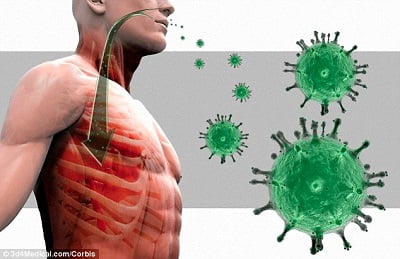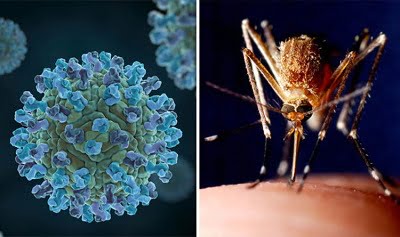“Severe Acute Respiratory Syndrome” which is a wide-open definition that encompasses many diseases common in the affected regions. Symptoms range from flu-like to pneumonia.8 Dr. Frank Plummer, director of the National Microbiology Laboratory in Canada stated, “Of course, the case definition of SARS is a little loose.”9 On March 15, 2003 the World Health Organization (WHO) issued a global alert warning of a new virus spreading through Asia and causing Severe Acute Respiratory Syndrome (SARS), a potentially fatal disease, similar to pneumonia. Photos from China depicting ballet dancers and bridal parties wearing white masks appeared in western newspapers while health departments across the country issued notices to hospitals detailing the symptoms of the new virus and asking for immediate notification of suspect cases. Until the global alert, reports referred to an “unknown virus” first striking in Guangdong Province, China, although some reports placed the origin in the Philippines. With the March 15 WHO report, the SARS virus became official and reports of new cases came flooding in.
The World Health Organization (WHO) put out a travel advisory—don’t go to Toronto. Toronto was “infected” with epidemic SARS. The loss of tourist income was significant. At the time, I was in touch with a Canadian activist who was trying to assemble a group of Toronto merchants and file a law suit against WHO for a few billion dollars, but it fell apart.1
The Canadian Encyclopedia describes the wild scene in the country: “The outbreak led to the quarantine of thousands…and took an economic toll on Toronto. It also exposed the country’s ill-prepared health-care system…In late April 2003, the World Health Organization (WHO) issued an advisory against all non-essential travel to Toronto. Government officials and experts criticized the decision as being unnecessary…During the outbreak, thousands of Canadians were quarantined. Many voluntarily quarantined themselves in their homes. Airports in Toronto and Vancouver screened travelers for high fever. News coverage spiked with each wave of the outbreak in Toronto and right after the WHO travel advisory. Major Canadian newspapers would each publish up to 25 stories per day on SARS…”
Canadian Encyclopedia: “In total, there were 438 probable cases of SARS in Canada, resulting in 44 deaths.”
The CDC: “During November 2002 through July 2003, a total of 8,098 people worldwide became sick with severe acute respiratory syndrome [SARS] that was accompanied by either pneumonia or respiratory distress syndrome (probable cases), according to the World Health Organization (WHO). Of these, 774 died. By late July 2003, no new cases were being reported, and WHO declared the global outbreak to be over.”1
Of the 65 suspected SARS (only 8 lab-confirmed) victims in the US, all but a few had traveled by airplane to areas where the outbreak had been most severe, including mainland China, Hong Kong, Singapore, Hanoi and Toronto. The Chinese economy took a hit and some Chinese airline routes were virtually empty due to SARS fear.2 There were no SARS-related deaths in the United States.1
The SARS outbreak revived discussion of forced quarantine. According to a study by the American Public Health Laboratory Association and quoted by Senator Edward M. Kennedy, Democrat of Massachusetts, few cities had enough hospital space to quarantine patients in the event of a large-scale outbreak of an infectious disease like SARS. According to Lawrence O. Gostin, director of the Center for Law and the Public’s Health at Georgetown University’s Law Center, public health laws date back to the 19th century and are “wholly inadequate to deal with an emergency.”
“The need for public health law reform is urgent,” said Mr. Gostin. “It should have provisions for surveillance, vaccination, treatment, isolation and quarantine in a way that gives decisive powers to health authorities while respecting the Constitution.” All but one of the SARS victims submitted to voluntary isolation. The one exception, a New York man, was involuntarily contained until his symptoms passed. Federal quarantine law now includes SARS among its disease guidelines.
Mr. Gostin was the author of the draconian Emergency State Health Powers Act, which has been adopted (fortunately in softened form) by 22 states. According to Gostin, “The need for effective state compulsory power is beyond doubt. But that’s not a given in our country, which is now so tied to the rhetoric of individual rights. It seems we’ve lost the tradition of the common good.”3
Continue reading…
See Also:



